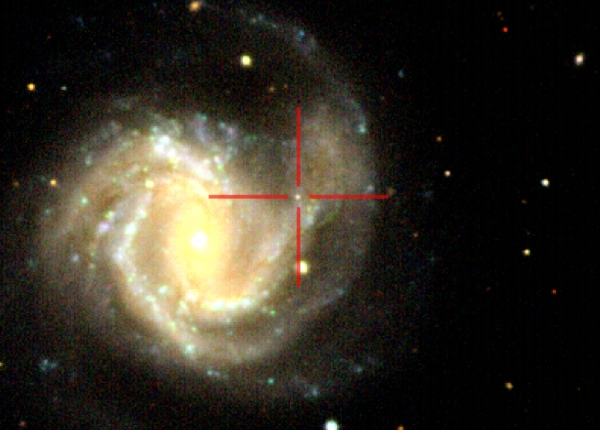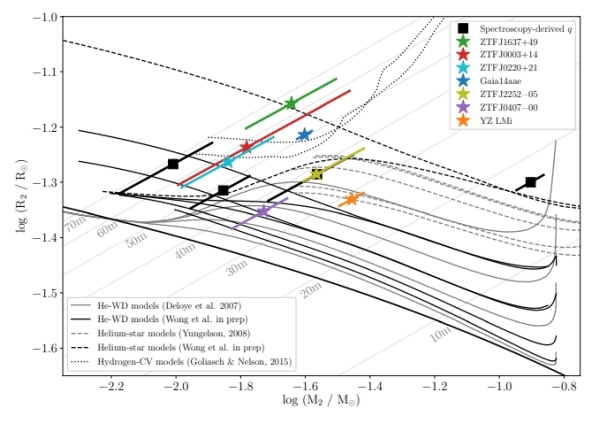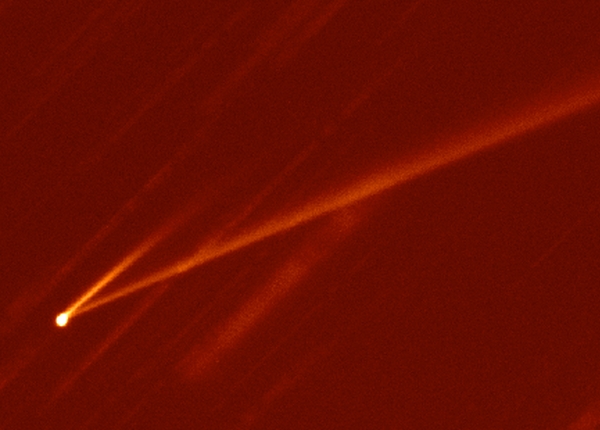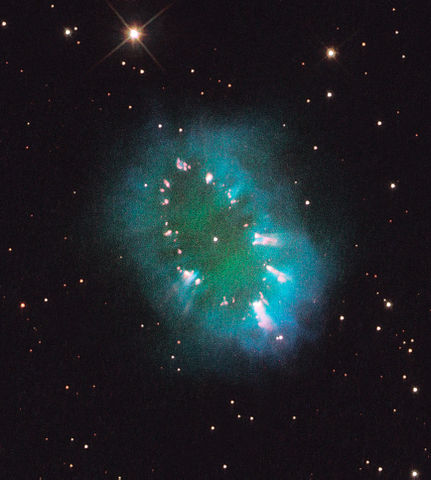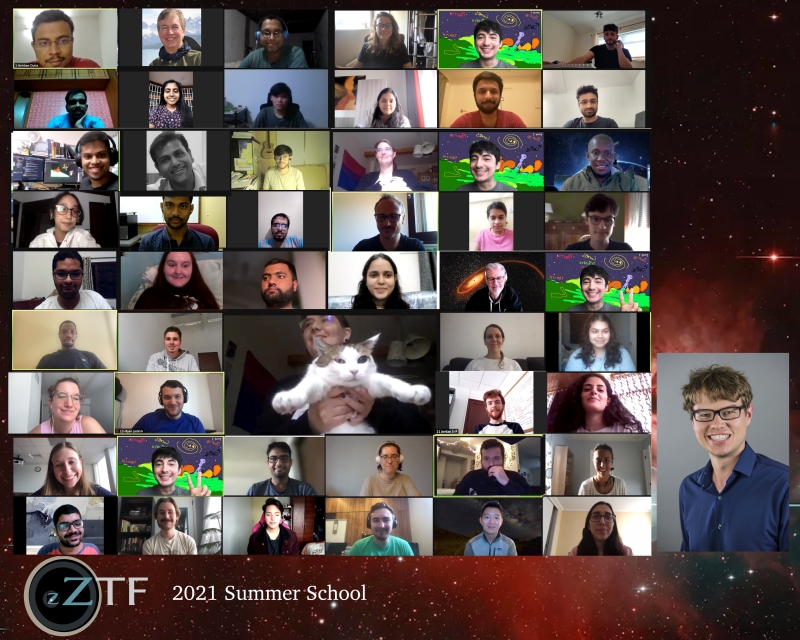ZTF Public Data Release 7
The Zwicky Transient Facility (ZTF) and IPAC at the California Institute of Technology announce the seventh ZTF Public Data Release. This release builds upon the sixth data release to include products from (i) an additional 2 months of survey operations from the public portion of the survey, giving a total observation span of March 2018 - June 2021, and (ii) data acquired under private survey time during the first ~23.4 months of the survey, spanning March 2018 - February 2020 The private surveys include observational programs awarded by Caltech and performed by the ZTF collaboration.
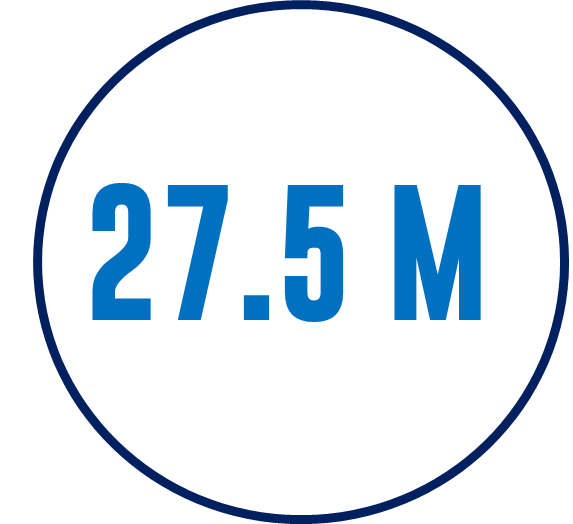
Science ready images

Co-added images
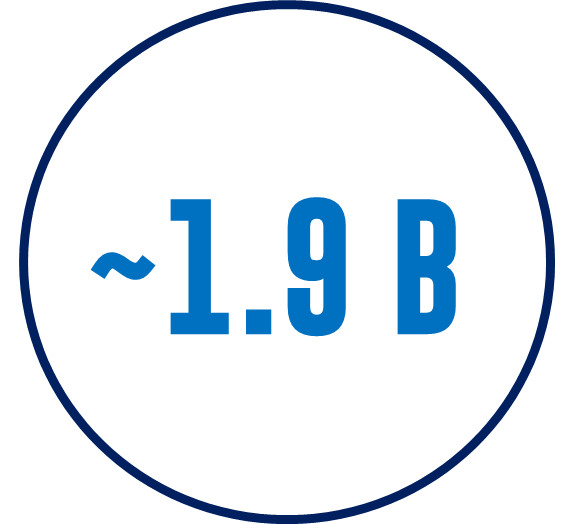
Lightcurves with
20+ observations
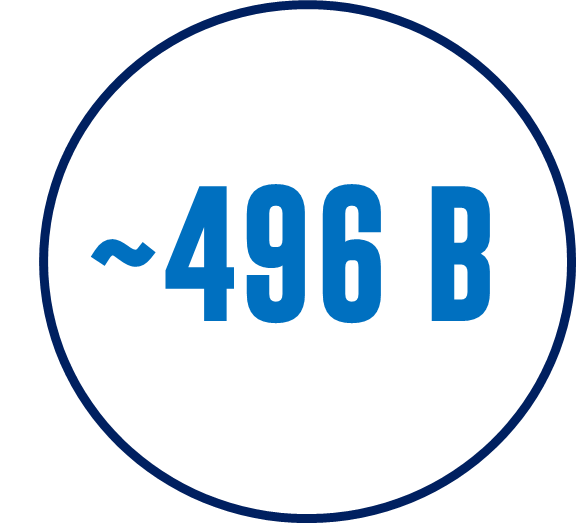
Total number of detections
(PSF-fitted photometry)
Science Highlights
Core-Collapse Supernovae with Nebular Hydrogen Emission
A team of astronomers, led by ZTF partners in Sweden present the discovery and extensive follow-up observations of SN 2020jfo, a Type IIP supernova (SN) in the nearby galaxy M61. ZTF photometric and spectroscopic data, combined with data from Swift/UVOT and near-infrared photometry was used to model the bolometric light curve. An extensive series of spectroscopy is presented, including spectropolarimetric observations. The nebular spectra are dominated by Hα and SN 2020jfo joins a small group of SNe that have inferred super-solar Ni/Fe ratios.
Five new eclipsing AM CVn systems discovered in ZTF data
ZTF astronomers report the discovery of five new eclipsing AM CVn systems. These systems were discovered by searching for deep eclipses in the Zwicky Transient Facility (ZTF) lightcurves of white dwarfs selected using Gaia parallaxes. The spectra show doublepeaked He-lines but also metals, including K and Zn, elements that have never been detected in AM CVn systems before. Further analysis suggests that the white dwarfs in long-period systems are hotter than predicted by recently updated theoretical models.
Photometry of Episodically-Active Asteroid Gault
Astronomers in the ZTF and GROWTH teams have used a combination of telescopes at the Palomar Observatory and within the GROWTH global network to construct several time-series lightcurves of the asteroid Gault. Observations show that Gault has a low amplitude of ~0.05 magnitudes and a rotation period of ~2.5 h. Its rotation period of ~2.5h is near the stability limit for asteroids in the size range of Gault (several km) supporting the hypothesis that its activity is driven by the rotational shedding of material on its surface.
ZTF Science Vlog
The ZTF vlog brings you the latest ZTF results presented by the authors themselves.
Fast-transient Searches in Real Time with ZTFReST: Identification of Three Optically-discovered Gamma-ray Burst Afterglows and New Constraints on the Kilonova Rate
In our latest ZTF Science Vlog, lead author Igor Andreoni and co-author Michael Coughlin describe their new pipeline for searching of fast transient in real time.
Tracing the cosmic web with supernovae
Large surveys like ZTF and the future LSST build catalogues with thousands of supernovae, allowing astronomers to use these cosmic objects to map the large-scale structure of the universe. In this vlog, Eleni Tsaprazi, a PhD student from the Oskar Klein Center in Stockholm, explains how this can be done and present first results using ZTF data.
Science with public ZTF data
We highlight scientific publications that use ZTF public data
The Necklace Nebula as seen by the Hubble Space Telescope (2011). Credit: NASA, ESA, and the Hubble Heritage Team (STScI/AURA)
Unexpected Short-Period Variability in Dwarf Carbon Stars from the Zwicky Transient Facility
Dwarf carbon (dC) stars are main-sequence stars with atmospheric CO, as inferred from molecular absorption bands such as C2, CN, and CH in their optical spectra. As main-sequence stars, their carbon must be extrinsically enhanced. Indeed, radial velocity surveys confirm that dCs are consistent with 100% binarity with white dwarf companions. The white dwarf progenitor, a carbon-rich AGB star, transferred carbon-rich material to its main-sequence companion to pollute it into the now-observed dC. However, only 6 out of about 1000 dCs had known periods. Therefore, we used public ZTF photometry to search all dCs with ZTF light curves for periodic variability to constrain these binaries' orbital periods. As a result, we found 34 new periodic variable dCs, of which 82% of these have periods of less than two days. These short-period dCs, which must have experienced a common-envelope phase, are surprising because it was thought that systems close enough to experience a common-envelope would truncate the AGB evolution before sufficient carbon-enhanced material could be dredged up. We used the periods found in the ZTF light curves to place these dCs in context to binary population synthesis models, showing that these dCs cannot have accreted enough carbon-rich material during the common-envelope, so that there must be a period of carbon-enhanced mass transfer before the common-envelope phase, possibly from focused wind accretion. We are now exploring the properties of the ZTF short-period dC sample using spectroscopic radial velocity follow-up to compare orbital and photometric periods, and the Chandra X-ray Observatory to gauge the rotation-activity relation in this newly discovered sample of post-common-envelope binaries.
--Benjamin R. Roulston
Center for Astrophysics at Harvard University, USA
'How-to' Guide
Using the Moving Object Search Tool with ZTF public data
The Moving Object Search Tool (MOST) computes the orbit of a solar system object and searches for images that covered the object's predicted positions in the ZTF data archive. Note that you can also search other archives available on IRSA. It can serve as a "precovery" tool, determining whether newly discovered objects were previously observed.
Guide Use MOSTOutreach
Student opportunities, summer research, schools and public outreach
The ZTF summer school welcomed 85 students from 25 countries
Despite the virtual format, the ZTF summer school, which this year had a focus on variable stars, was incredibly successful. The school was run in a flipped format, with 11 recorded lectures by individual ZTF experts (covering both technical and science topics) and 5 well-attended synchronous sessions. The school format included a mix of large-group and breakout room sessions, focusing on Jupyter notebook based activities performed in small groups, with teaching assistants jumping in as required. Slack was a key tool for communication with students actively using it to share their results and ask questions. In fact, many self -organized and created new channels to interact with each other. There was even time for art. Students engaged in drawing activities, with an inspired focus on not only ZTF itself and notable women in astronomy, but a (now) famous pair of squirrels (here we need a link to at least one image).
The recorded lectures as well as the Python notebooks are freely available on our website. The school next year will focus on transients.
Download ResourcesPublic Talk: ZTF at Palomar Observatory
Our project scientist Matthew Graham gave a public talk at the beginning of August. This is an engaging overview of ZTF from the time when astronomers used photographic plates to these days when artificial intelligence becomes an integral part of our observations.
ZTF is supported by the National Science Foundation and a collaboration including Caltech, IPAC, the
Weizmann Institute for Science, the Oskar Klein Center at Stockholm University, the University of
Maryland, Deutsches Elektronen-Synchrotron and Humboldt University, Lawrence Livermore National
Laboratory, the TANGO Consortium of Taiwan, the University of Wisconsin at Milwaukee, Trinity College
Dublin, and Institut national de physique nucléaire et de physique des particules. Operations are conducted
by COO, IPAC and University of Washington.
Any opinions, findings, and conclusions or recommendations expressed in this material are those of the author(s) and do not necessarily reflect the views of the National Science Foundation.
